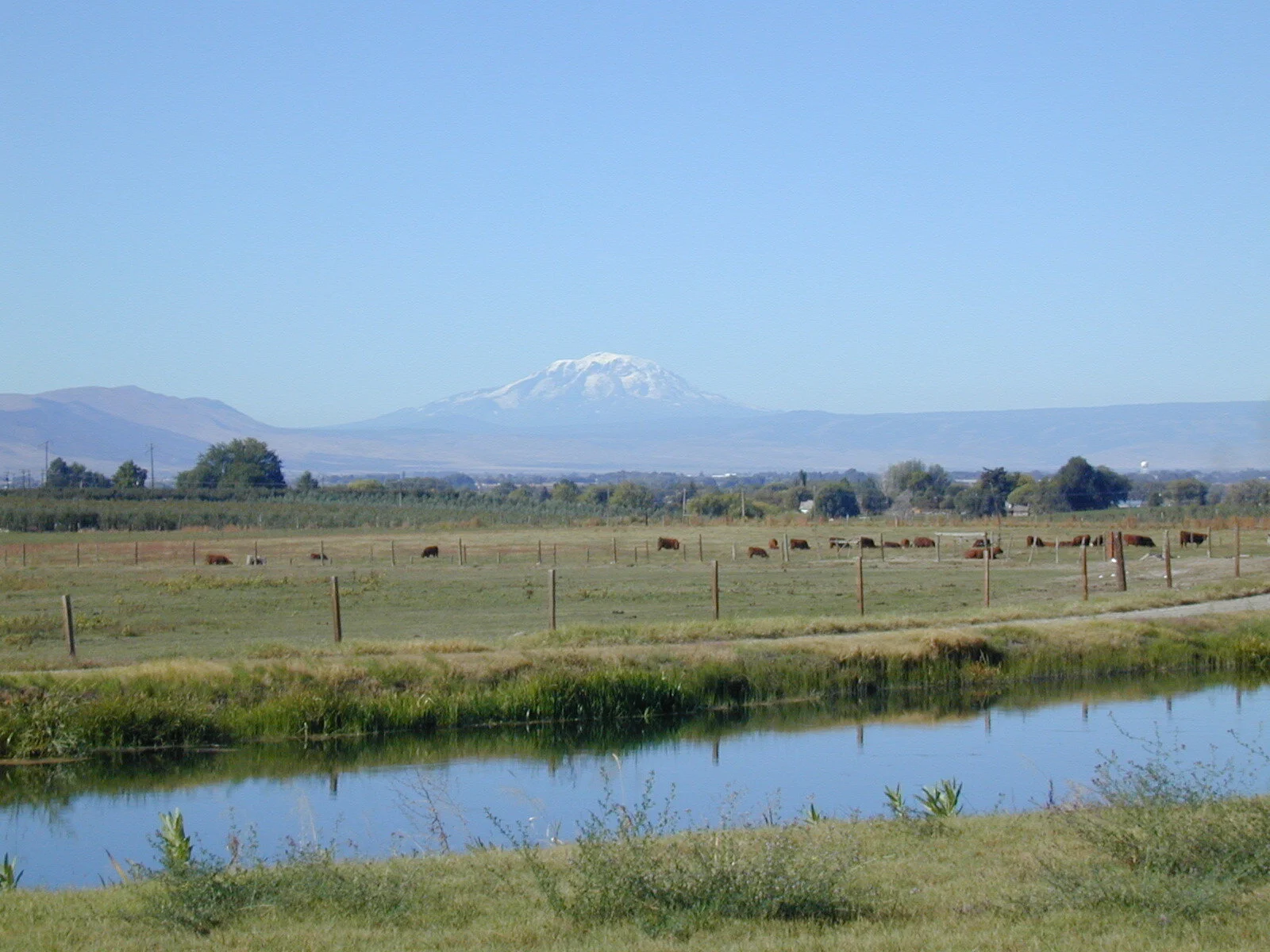TDR - Transfer of Development Rights
What is the concept?
Imagine two separately owned vacant land parcels. One parcel is owned by Jake, a land developer and the other is owned by Bonnie, a person with no current or future development interests. Obviously, Jake wants to permit and move dirt for development, while Bonnie has no such intentions. In this hypothetical scenario Bonnie has development rights for her land that she never intends to use.
What are TDR’s:
Some areas of the country have created Transferable Development Rights programs called TDR’s. A TDR program can allow Bonnie to transfer the development rights of her land to Jake’s land for compensation. Jake’s land permanently acquires Bonnie’s development rights, receiving all or a portion of them as allowed by law.
The transfer can be a partial or a total surrender of development rights according the governing TDR code where the properties are located, in addition to what Bonnie and Jake agree to transact. Whatever rights Bonnie sells and transfers to Jake are permanently surrendered and “run with the land”. This means Bonnie’s land can never be further developed using the surrendered rights.
After the transfer, Bonnie’s land becomes deed-restricted and the restrictions will fall on any successor owners of her land.
Why do authorities like TDR’s?
It’s easy to see why - they achieve permanent preservation of Bonnie’s land for the surrendered development rights, which will reduce the environmental impact of any future development of her land.
An illustrative example would be as follows: let’s say Bonnie owns exactly eighty acres and has development rights for 160 density units. Let’s say Jake owns one hundred and twenty acres and has development rights for 240 density units. When Bonnie transfers her 160 density units to Jake, and the governing authorities approve it, Jake could increase his total density yield to 400 units on his land.
This example might also bring into play an allowance for Jake to decrease his lot sizes so that he could fit the 400 units onto his 120 acre parcel. This type of lot size reduction is usually contemplated in the TDR code. In fact, a TDR might further incentivize guys like Jake to acquire more development rights from other properties by allowing greater density through even smaller lot sizes. Remember, the underlying concept is to jam as much development into one area as possible to reduce sprawl and environmental impacts.
The real focus of TDR’s is on managing inevitable growth through rezoning. Instead of 400 single family lots in the above example, Jake might be further allowed to put 2 unit townhomes on each lot, increasing density from 400 single family units to 800. This expands our thinking to see the real propulsive energy behind TDR’s.
Mandatory TDR’s:
The above example contemplates a voluntary exchange between Bonnie and Jake, but mandatory TDR’s can exist as well. In a mandatory TDR, certain areas where preservation is desired are downzoned and are called sending areas. Other areas targeted for high density growth are rezoned as receiving areas.
A mandatory TDR is nothing more than a forced downzoning to preserve the desired land resources in certain designated areas, while encouraging maximum density in other designated areas. The preservation could be open space, forest land, agricultural land, or even an existing historical district.
Legality of TDR’s:
The legality of TDR’s has been tested and is currently being tested in the courts. These legal actions in different areas of the country have created significant degrees of confusion since not all courts have ruled the same way on this issue.
The underlying case against mandatory TDR’s is that it is a “taking” of the fundamental rights of real property ownership that have been in place for centuries and that the rezoned sending areas are economically disadvantaged as a result.
The case for mandatory TDR’s revolves around the idea that the greater public good is served by resource preservation and that the public interest is more important than the private interests of the affected individual property owners.
Economic loss:
Surrendering any rights to a property, either voluntarily or involuntarily, has the potential to create an economic loss either now or in the future. Going back to the voluntary transfer example of Bonnie and Jake - Bonnie will certainly be surrendering forever the potential economic development gain by selling her rights to Jake. She should think long and hard about doing so, since the gain she receives in dollars from Jake today, may be more than offset by the future loss of retaining those same rights.
She must also be mindful that someday she may want to sell the property and the deeded interest she grants to the new owner of her land will carry the deed restrictions created in her TDR transfer, along with any associated economic downside in fair market value.
In my mind, the receiving property in a TDR is the economic winner over the sending property as long as he doesn’t overpay the sender. The receiving property would get much higher densities and the developer would be able to spread his costs over a greater number of developed units.
Final thought for rural landowners:
Rural landowners need to be particularly aware of impending mandatory TDR’s and pay close attention to any efforts being put forth by the zoning board to create them. This is because areas outside of the designated urban growth areas are likely targets to become sending areas. Pay attention to all public notices regarding any issue affecting your land, this one included.
Any one landowner has a slim chance of fighting a mandatory TDR effort, but collectively a group of rural landowners, with the right political and legal support, might have a fighting chance. But, it is a slim one in my opinion since fighting rezoning is a difficult, costly and time-consuming undertaking.
Likewise, voluntary TDR’s could be an opportunity for the right landowner to secure valuable compensation for development rights that will never be used. Before doing so, this landowner should carefully consider the consequences of a possible loss in property value from deed restrictions that limit future development options.






